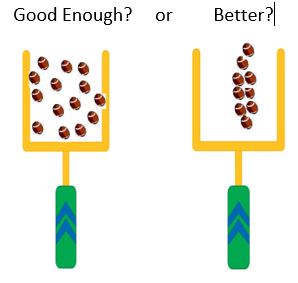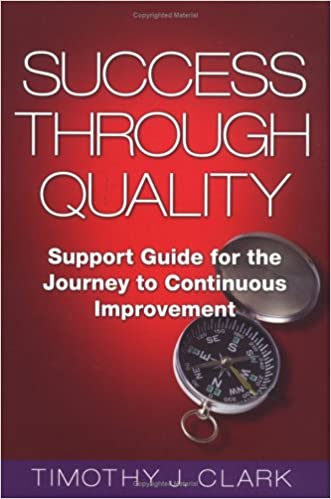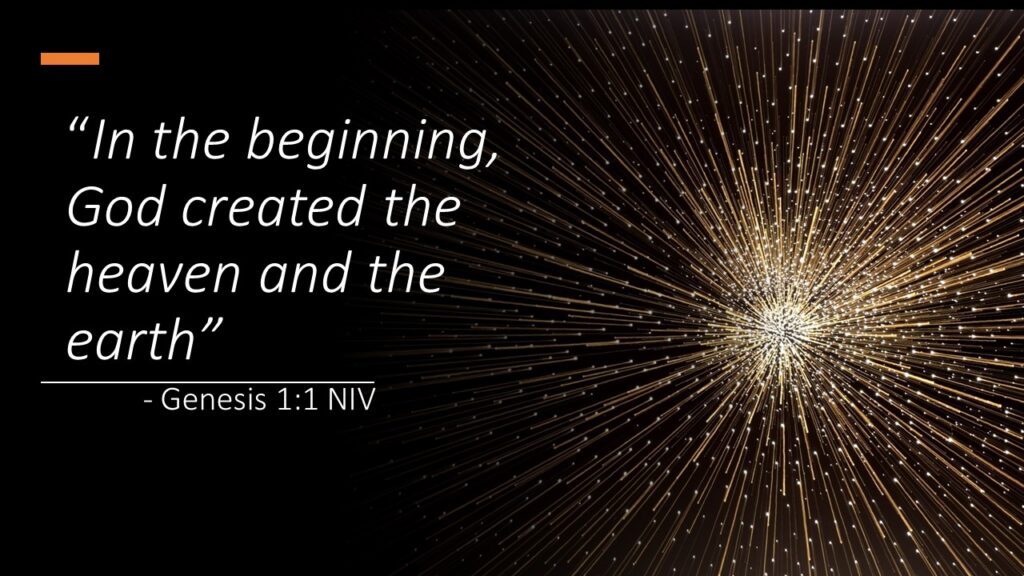Welcome

One of the laws of nature is that everything and everyone varies: no two people or things are or will ever be exactly alike. Although de-classified after WWII and shared worldwide, the new methods for reducing variation continue to reinforce that the closer things are to the ideal, the higher the quality and the lower the costs to the customer and society. These methods are still a relatively well-kept secret.

What is the Law of Variation? – American Society for Quality (ASQ). A lack of knowledge of variation to include common and special causes can result in outcomes where ninety-five (95%) percent of changes can result in no improvement.o.
o. Test your knowledge of the variation principle?
o. Is the use of Grades in schools effective and fair?
o. Variation either gets better or it gets worse:
o. Taguchi Loss Function. The closer a product or service gets to the ideal/target, the higher the quality and lower the cost (tangible/intangible) to the individual and society.
o. W. Edwards Deming. “Anything less than optimization of the whole system will bring eventual loss to every component in the system” (W. Edwards Deming, The New Economics, p.53)

An ideal perspective on improvement – Who would you choose as the best kicker? Spoiler Alert: Toyota?

Five Minute Talk on Reducing Variation – How you can develop your knowledge of the variation principle.

An introductory and comprehensive overview of the quality improvement principles, methods, and tools in plain language. – Complimentary copy (PDF) – New and Used at Amazon
Book review- Government Executive Magazine: “It should come as little surprise that such a clear voice on quality calls out from the federal bureaucracy. Clark follows in the steps of W. Edwards Deming, the world-renowned quality theorist who helped the Japanese become a world-class industrial power in the second half of this century. Deming began his career as a physicist at the Agriculture Department. “


